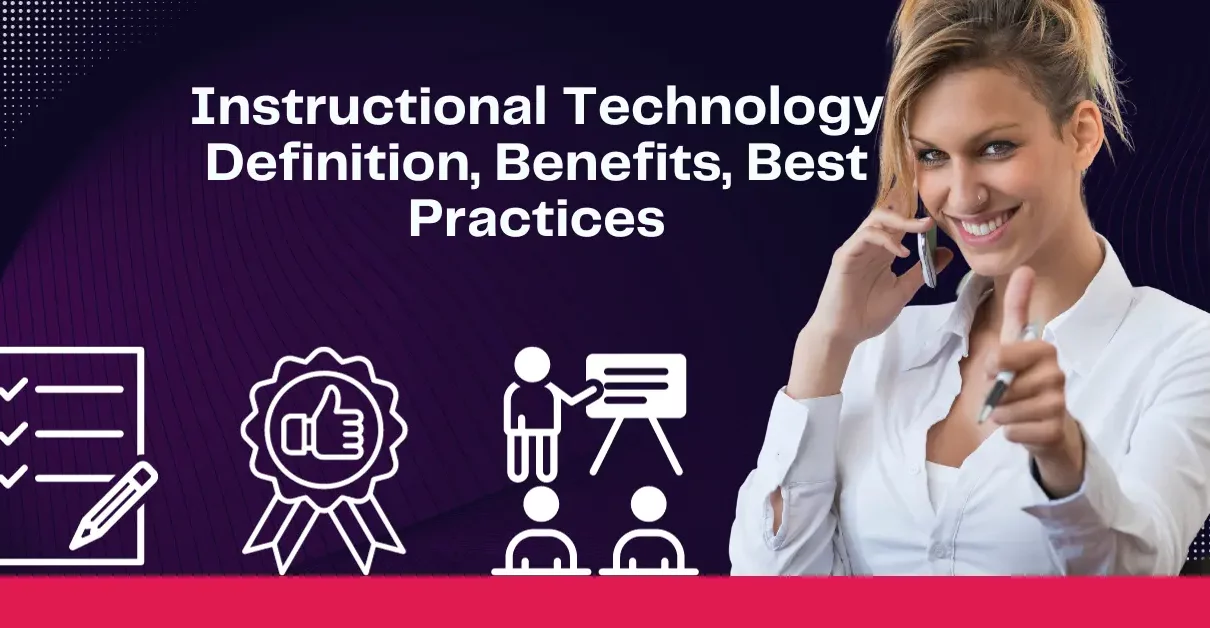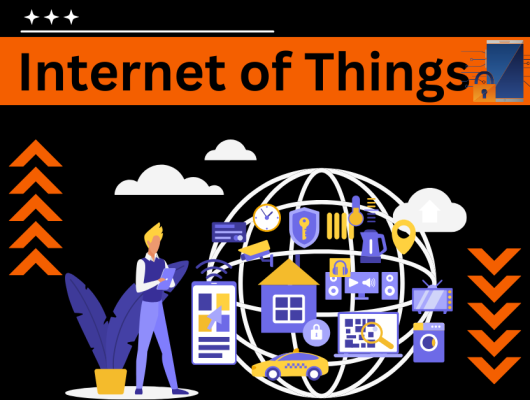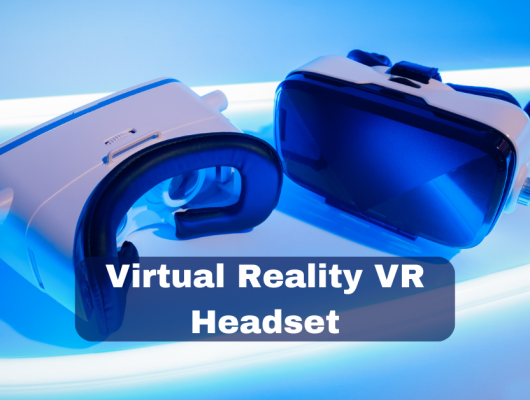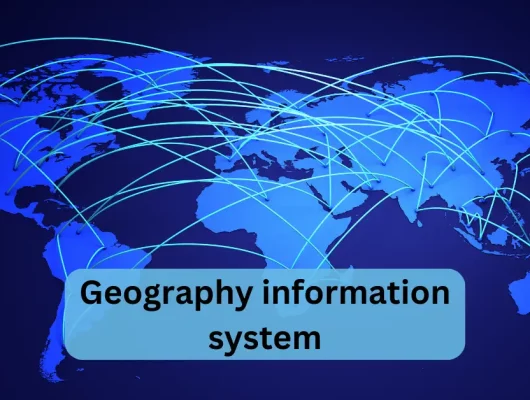In today’s digital age, instructional technology has become an integral part of education, revolutionizing the way we teach and learn. From interactive presentations and online assessments to virtual classrooms and educational apps, instructional technology offers a myriad of possibilities for enhancing the educational experience. In this blog post, we will explore the definition, benefits, best practices, and real-world examples of instructional technology in action.
Science and technology are closely related but distinct fields. Science seeks to understand the natural world through research and knowledge discovery, while technology involves applying scientific knowledge to create tools, systems, and solutions. Instructional technology, on the other hand, focuses on using technology to enhance education. It encompasses the design, implementation, and management of digital resources and tools to improve learning outcomes. The benefits of instructional technology include increased engagement, accessibility, and flexibility, allowing for personalized learning experiences.
Definition of Instructional Technology
Instructional technology refers to the systematic application of technology to improve the learning and teaching process. It involves the use of various digital tools, software, and platforms to design, deliver, and manage instruction effectively. By integrating technology into the learning environment, educators can create engaging and interactive experiences that cater to diverse student needs and learning styles.
Instructional Technology vs. Educational Technology

- Instructional Technology
Instructional technology refers to the utilization of a range of tools, methods, and materials to enhance the teaching and learning process. It encompasses the creation and application of technology in educational settings to improve learning, engage students, and yield superior educational outcomes. This entails harnessing technology
to enhance educational opportunities.
2) Educational Technology
Technology is systematically used in education to improve teaching and learning processes. This is known as educational technology, or EdTech for short. It includes hardware, software, and digital tools as well as online resources that are intended to enhance and optimize learning. Through the integration of technology into the classroom, education technology, or EdTech, seeks to enhance learning opportunities, accessibility, and results.
Benefits of Instructional Technology in Education
1. Improved Student Engagement and Motivation
Instructional technology provides educators with innovative ways to capture students’ attention and actively involve them in the learning process. Interactive multimedia, gamification, and virtual reality can make lessons more captivating and enjoyable, fostering a deeper level of engagement and motivation among students.
2. Personalized Learning Experiences
With instructional technology, educators can tailor instruction to meet individual student needs. Adaptive learning platforms and intelligent tutoring systems can assess students’ strengths and weaknesses, providing personalized feedback and recommendations. This personalized approach ensures that students receive targeted instruction and progress at their own pace.
3. Enhanced Collaboration and Communication
Technology enables seamless collaboration and communication among students and educators, regardless of geographical barriers. Online discussion boards, video conferencing, and collaborative document editing tools facilitate meaningful interaction and the exchange of ideas. Students can work together on group projects, seek assistance from peers, and receive timely feedback from their teachers.
4. Access to a Wide Range of Educational Resources
Instructional technology opens up a world of educational resources and information. Online libraries, digital textbooks, educational websites, and multimedia content offer students and educators access to a vast array of materials. This abundance of resources enriches the learning experience, allowing for deeper exploration and understanding of the subject matter.
Best Practices for Implementing Instructional Technology

To ensure successful implementation of instructional technology, educators should consider the following best practices:
1. Conducting Needs Assessments
Before integrating instructional technology into the classroom, educators should assess their specific needs and goals. Identifying the areas where technology can enhance instruction and addressing any existing challenges or limitations is essential for effective implementation.
2. Providing Appropriate Training and Support
Offering comprehensive training and ongoing support to educators is crucial for their successful adoption of instructional technology. Professional development programs, workshops, and access to technical support can empower educators to effectively utilize technology tools and platforms in their teaching practice.
3. Ensuring Accessibility and Equity
It is essential to ensure that instructional technology is accessible to all students, regardless of their abilities or circumstances. Educators should consider factors such as device availability, internet connectivity, and accommodations for students with disabilities to promote equitable access to technology-enhanced learning opportunities.
4. Monitoring and Evaluating Effectiveness
Regular monitoring and evaluation of the effectiveness of instructional technology is essential to gauge its impact on student learning outcomes. Collecting data, analyzing student performance, and gathering feedback from both students and educators can provide valuable insights for continuous improvement and informed decision-making.
Real-world Examples of Instructional Technology in Action
To illustrate the power of instructional technology, let’s explore some real-world examples of its successful implementation:
- Flipped Classroom: In a flipped classroom model, instructional technology is used to deliver instructional content outside of the traditional classroom setting. Students access pre-recorded lectures or interactive multimedia lessons at home, allowing for more interactive and collaborative activities during class time.
- Virtual Reality (VR) Simulations: VR simulations are utilized in various subjects, such as science and history, to provide immersive experiences for students. By virtually exploring historical sites or conducting scientific experiments in a virtual environment, students can deepen their understanding of complex concepts.
- Learning Management Systems (LMS): LMS platforms, like Moodle or Canvas, serve as centralized hubs for course materials, assignments, quizzes, and communication. They provide a digital space where students can access resources, submit assignments, engage in discussions, and receive feedback from their teachers.
Conclusion
Instructional technology is transforming education, offering new opportunities for engaging and effective teaching and learning. By embracing instructional technology, educators can enhance student engagement, personalize learning experiences, foster collaboration, and provide access to a wealth of educational resources. By following best practices and drawing inspiration from real-world examples, educators can harness the power of instructional technology to create dynamic and impactful learning environments. Embrace the possibilities and unlock the full potential of instructional technology in education!
FAQs
Q: What is instructional technology?
A: Instructional technology is the use of technology resources in education to improve student learning outcomes and facilitate teaching processes. It involves the use of various tools and platforms, such as multimedia, virtual reality, learning management systems, and more.
Q: How does instructional technology enhance student engagement?
A: Instructional technology provides interactive and immersive learning experiences, capturing students’ attention and fostering a deeper level of engagement. Examples include gamified lessons, virtual reality simulations, and multimedia content.
Q: What is a Flipped Classroom?
A: A Flipped Classroom is a teaching model where students access instructional content, like pre-recorded lectures or multimedia lessons, at home. This frees up class time for more interactive and collaborative activities.
Q: How does a Learning Management System (LMS) work?
A: LMS platforms like Moodle or Canvas serve as centralized digital hubs for course materials, assignments, quizzes, and communication. Students can access resources, submit assignments, engage in discussions, and receive feedback from their teachers.
Q: What are the best practices for implementing instructional technology?
A: Best practices include conducting needs assessments, providing appropriate training and support to educators, ensuring accessibility and equity, and regularly monitoring and evaluating the effectiveness of the technology in improving student outcomes.







